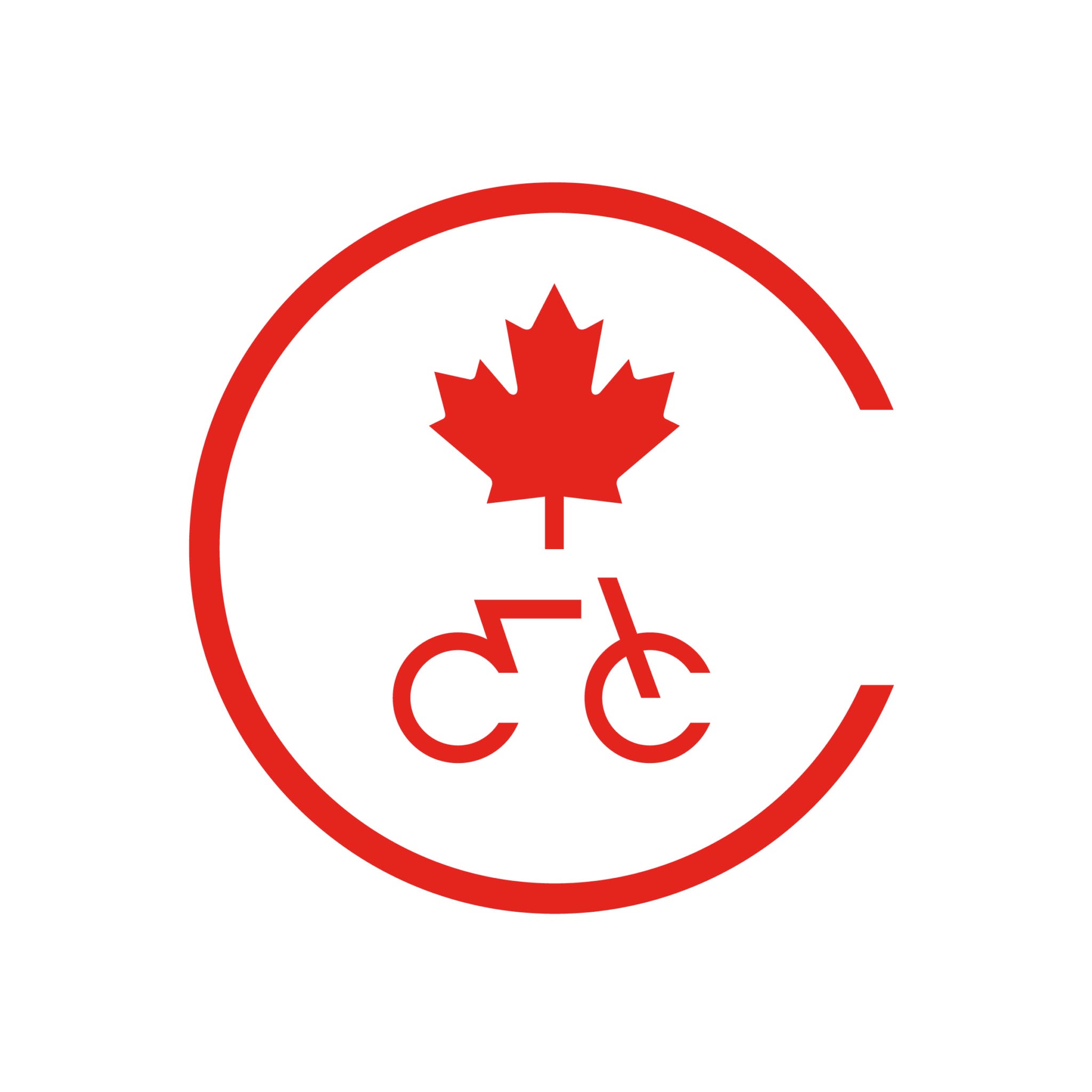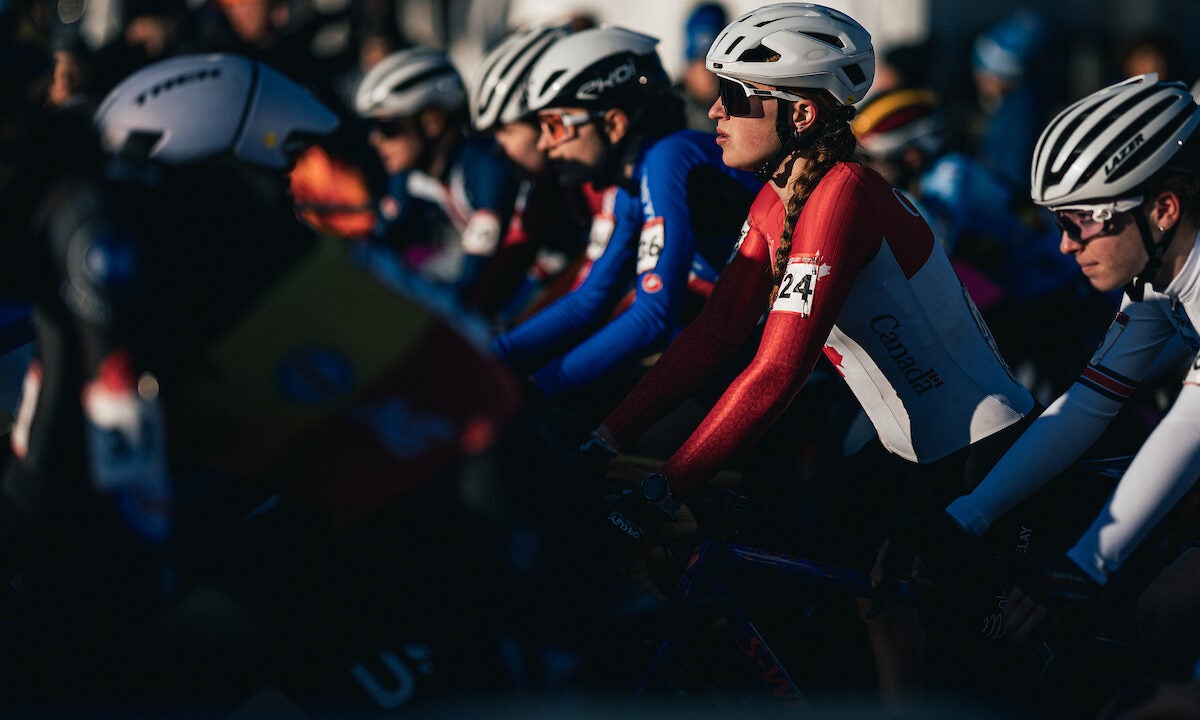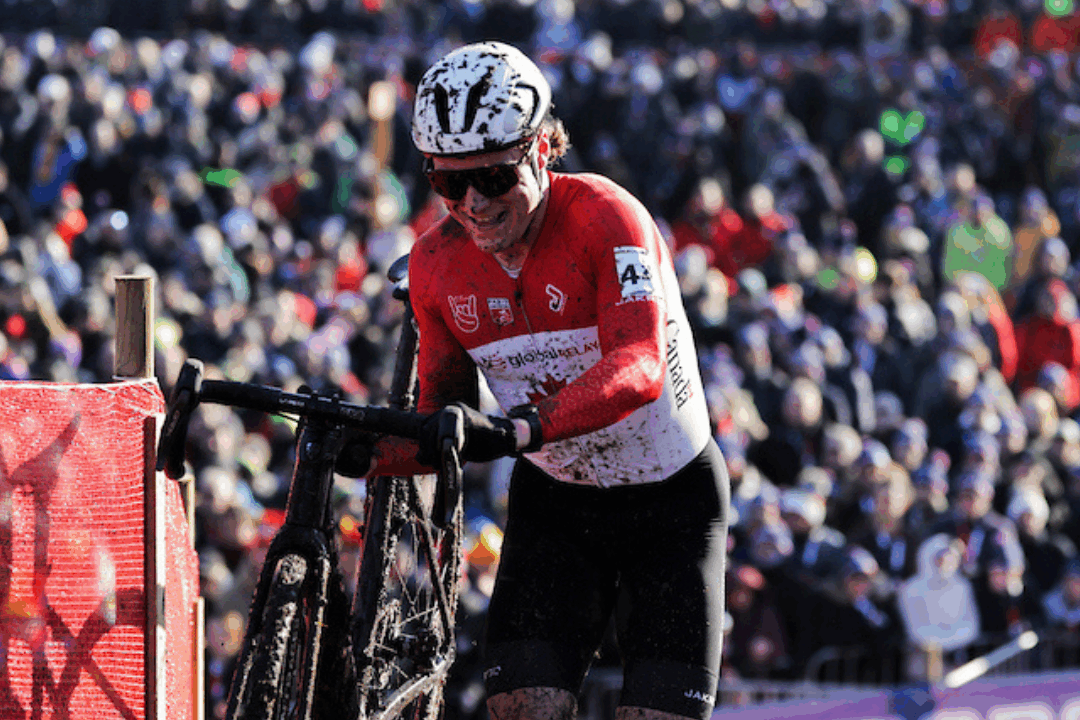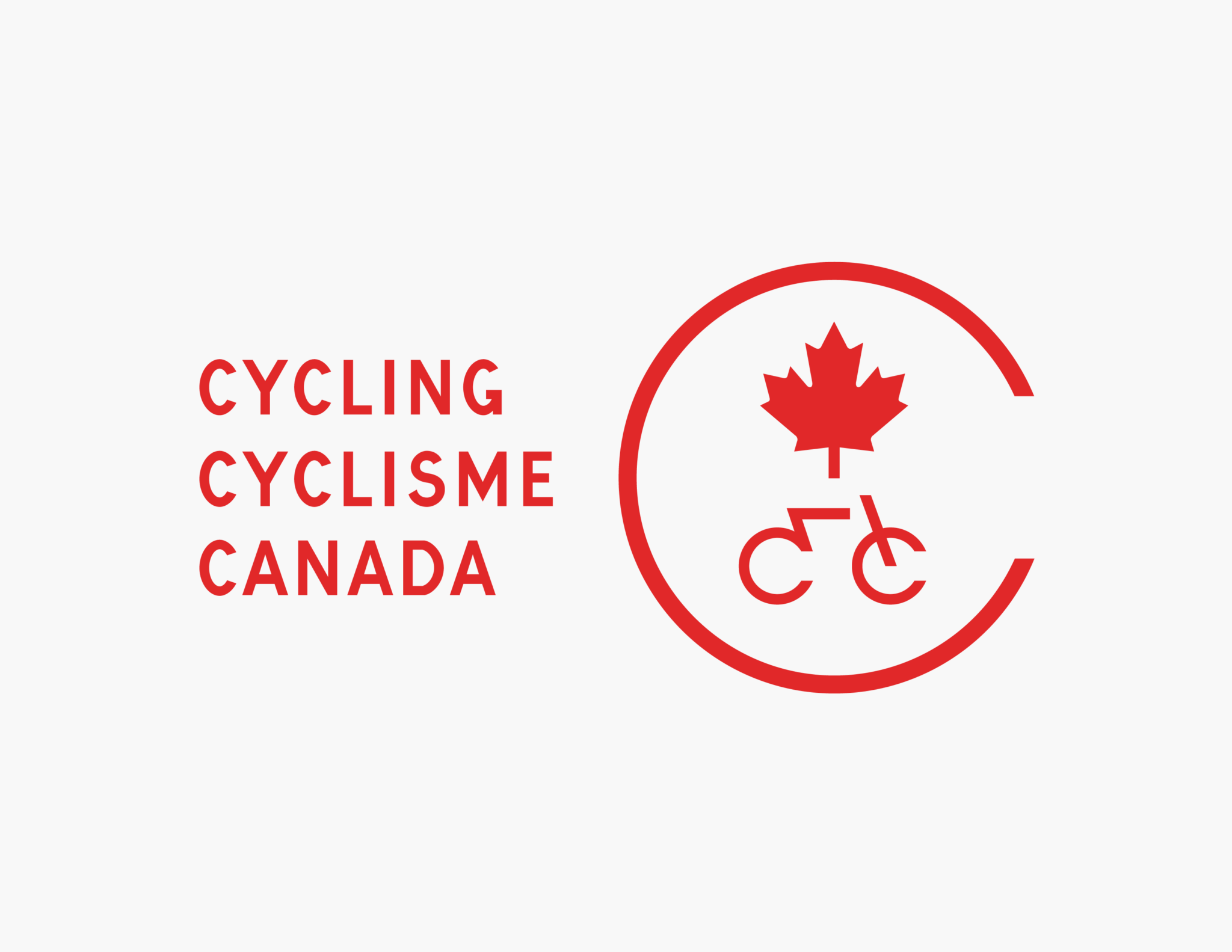By Aly Hodgins, Pyshiotherapist at the Canadian Sport Institute Ontario & with the Canadian National Track Program
Many Cyclists know that their back or neck can get tight when spending long hours in the saddle. In this time of social distancing, the general public is also realizing that riding your bike is a great way to get some exercise while keeping your distance from others. Whether you are an elite athlete looking to increase your aerobic base, or a novice trying to get out and stay healthy, joint pain can put a damper on a beautiful ride.
Cycling Canada’s Therapists have developed several daily check-in graphics that can help you identify whether an area of your body is working well before you ride. The low back, mid back (thorax), neck and hips are common areas that we rely on during our daily training. Ensuring that you have adequate mobility to be comfortable in the saddle can go a long way to improving your ride.
The lumbar check-in looks at how well you bend forwards and backwards as well as side bend. It identifies quick ways in which you can easily combat hip flexor tension and low back tightness which can lead to low back pain on a longer ride or a ride with significant climbing.
The thorax check-in focuses on extension and rotation. If either are stiff, your breathing may be affected and thus the training ride can feel more like a difficult effort. If the thorax is stiff it can also affect your position work. A stiff thorax can lead to neck or low back pain. An often-overlooked area, ensuring thorax mobility can really improve your ride.
Neck pain or tension imbalance can lead to headaches and mobility restrictions. The neck daily check-in is an excellent way to ensure you have adequate mobility to shoulder check and maintain a comfortable riding position.
One area that gets a lot of attention with cyclists is the hip joints. Our daily check-in allows you to use a couple of tests to evaluate for tension in multiple areas. The hip flexors, groin and glutes are very important during your ride and can throw off your symmetry in the saddle. If there is an imbalance from side to side the athlete may also develop issues with their saddle health.
Every area of the body is closely related to another and each body is unique. These are general guidelines that can help you get tuned up before your ride. Checking in with how your body feels is an important part of any training program and should become habit with any regular rider. As with any stretching program, if you experience any sensation outside of normal tension (pain or pins and needles), contact a health care provider. Many are providing video or telehealth appointments and can assess the root cause of any discomfort.
Check in with your body and enjoy the ride!




